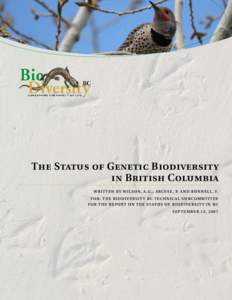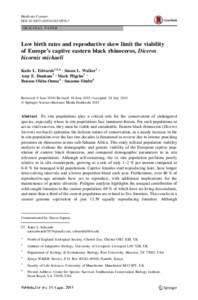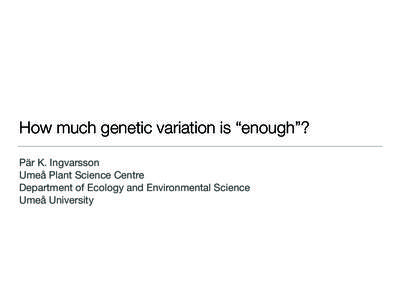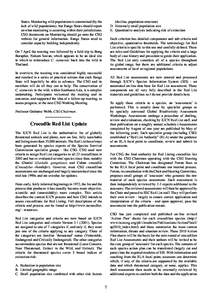<--- Back to Details
| First Page | Document Content | |
|---|---|---|
 Philosophy of biology Conservation genetics Inbreeding European tree frog Small population size Pacific Tree Frog Frog Population bottleneck Genetic drift Population genetics Biology Genetics |
Add to Reading List |
 Received 15 December 2003 Accepted 20 February 2004 Published online 14 May 2004
Received 15 December 2003 Accepted 20 February 2004 Published online 14 May 2004



